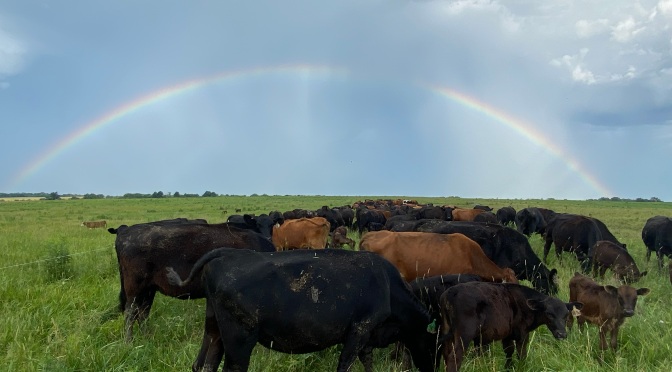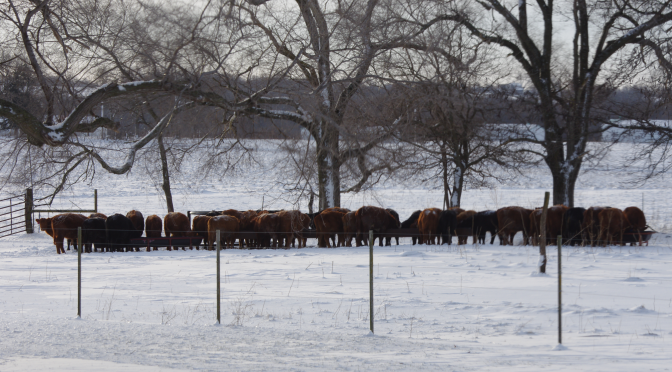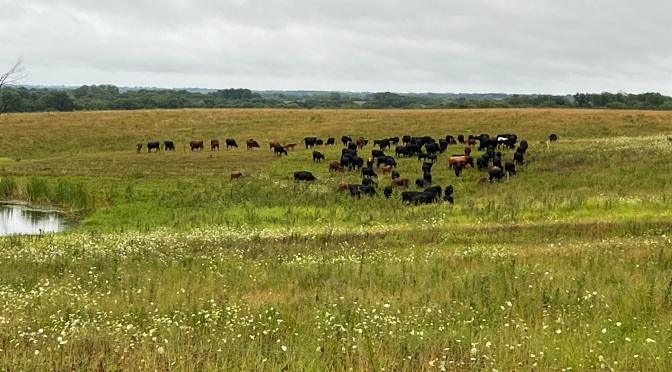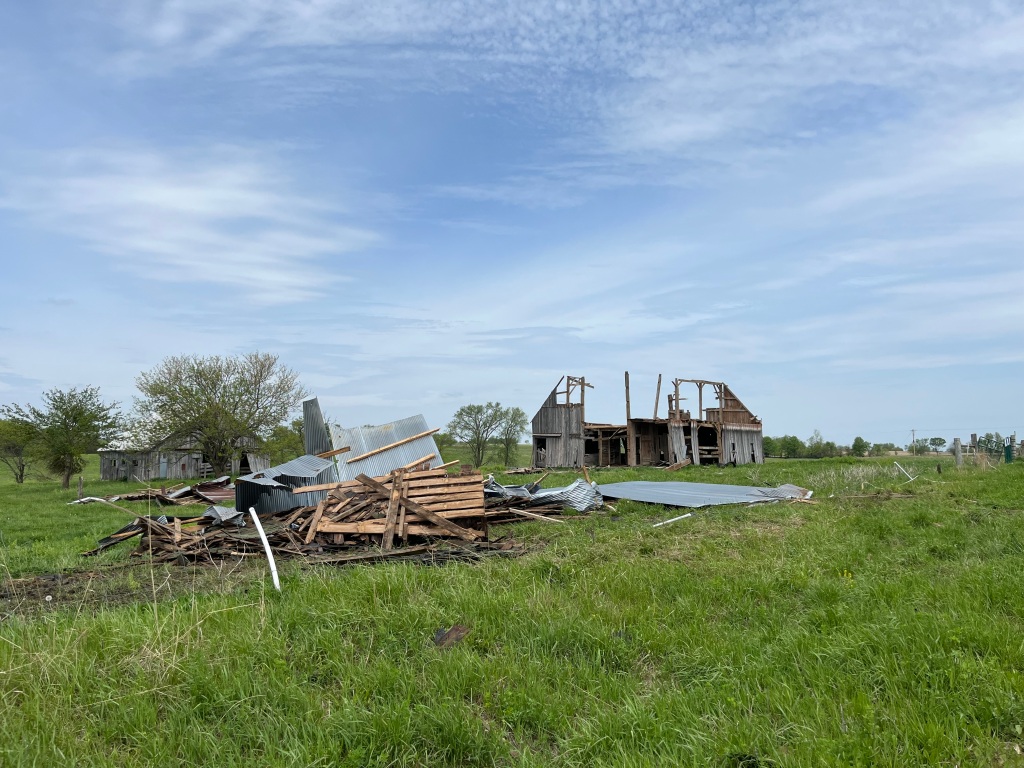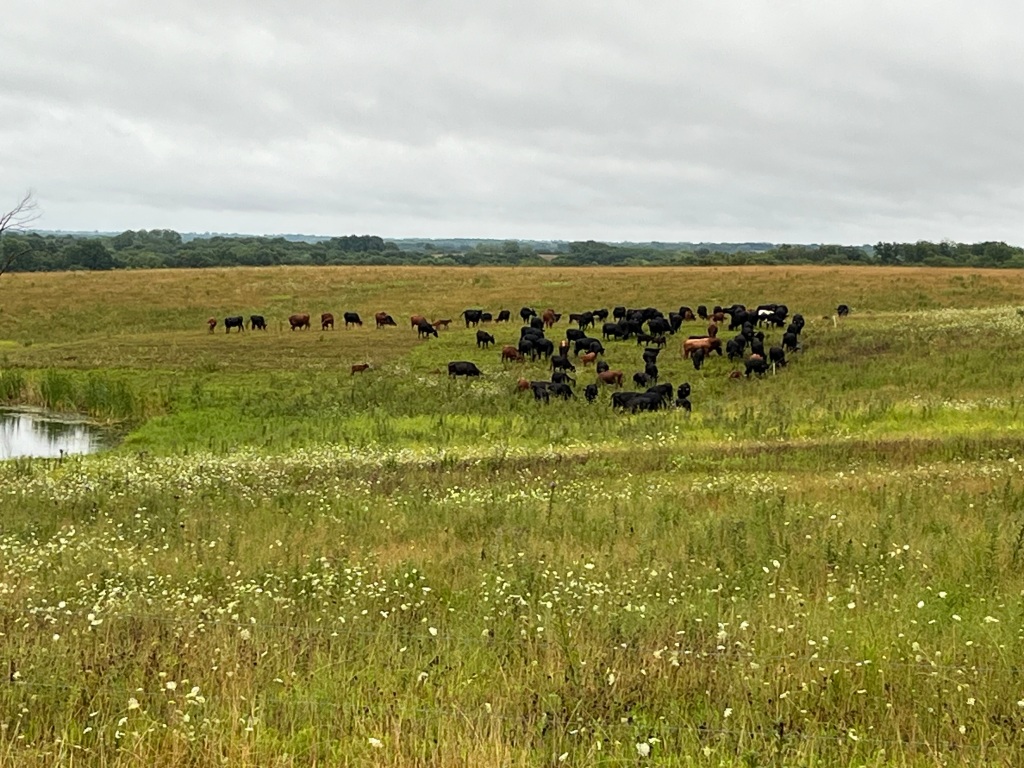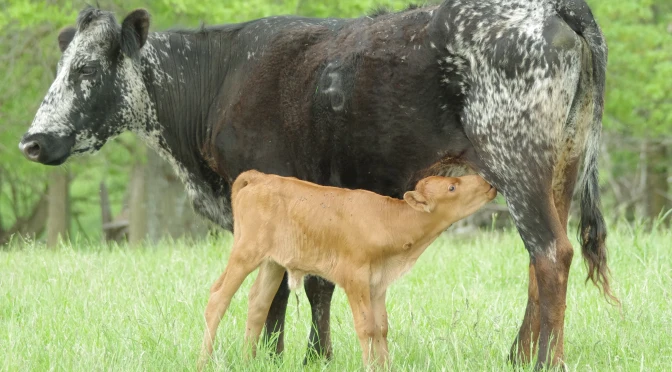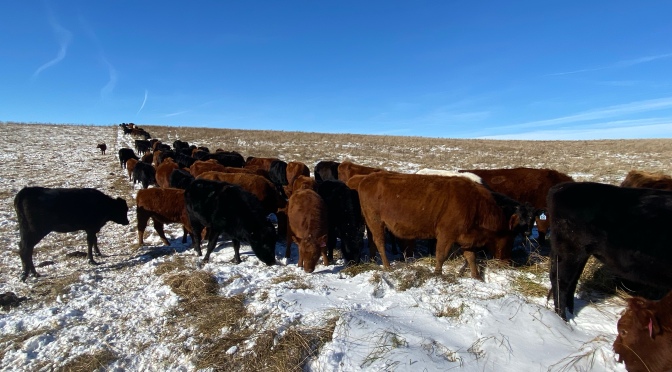As i listen to podcasts and videos of various producers, hosts, and grazing gurus, i’ve found that there is a misunderstanding of the term “total grazing” as to be expected since at the front of it, simply implies grazing all the forage in front of the stock with little to no regard to forage recovery, soil, water, animal, wildlife, air, and human health or harmony. As taught in the Real Wealth Ranching program, this is not at all the definition but instead may be more aptly described as managed nonselective grazing or high harvest efficiency.
Far too many seem to get hung up on the 4x daily moves as if that’s all they hear and summarily dismiss all the concepts. As part of a complete program, “Total Grazing” is a systems approach of directing life, land, and livestock which enhances and builds all those important aspects. I’m in my 6th year (2024) of total grazing/real wealth ranching and enjoy the improvements even though life has thrown some curves which have seldom allowed 4x daily moves. Remember the harmony part which includes less labor.
Although the understanding of the system is simple, the application of dynamic aspects of genetics, weather, people, animals, forage causing management to sometimes be quite challenging – it’s an art and science melded into a constantly changing symmetry in which the manager must be watching and shifting. Anyone involved in agriculture needs to be flexible and able to make quick and correct decisions. Too often, we become stuck in what we think is right (paradigms) and promote wrong understanding. This only works to set back newcomers and next generation.
So what is the program often labeled as “Total Grazing”
As taught by Jaime Elizondo, who owns Real Wealth Ranching, it includes four pillars of focus which are integrated into a whole, but also includes harmony (including profitability) of the owner/operator’s life. Based on well over 30 years of ranching experience and a great deal of plant and nutrition science, he has discovered that some of the old ‘science’ has been refuted and needs discarded as new information has been brought to light. It’s a program - not a one-off.
The Four Pillars
1) Grazing – it is not leaving animals in a paddock or pasture until all the forage is destroyed and animal health is wrecked.
2) Calving Season – calving or lambing in the correct season for your area may be the low hanging fruit and quickest way to profitability.
3) Adapted Genetics & Selection – keeping replacements from your own herd may be a slow way to grow your operation, but it is the best (imho)
4) Nutrition – don’t skimp on nutrition and quality pastures for various classes and types of livestock.
Jaime is just now launching a quick start version (Ranching Made Simple) of his in-depth teaching. I recommend the whole online Total Grazing Academy, but this new program with its lower up-front cost will help introduce more producers seeking to explore options and opportunities.
“Fat Roots, Fat Land, Fat Cows, Fat Wallet”
Jaime Elizondo

